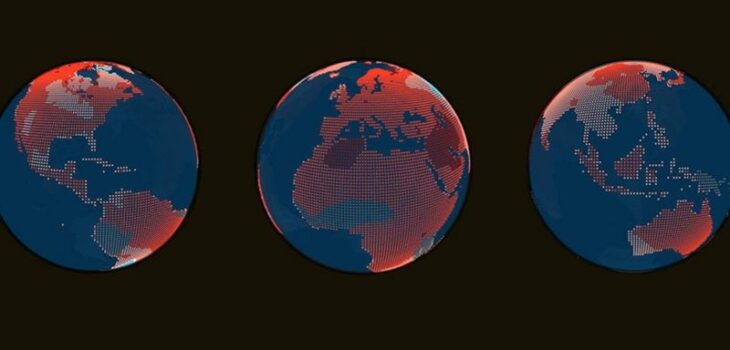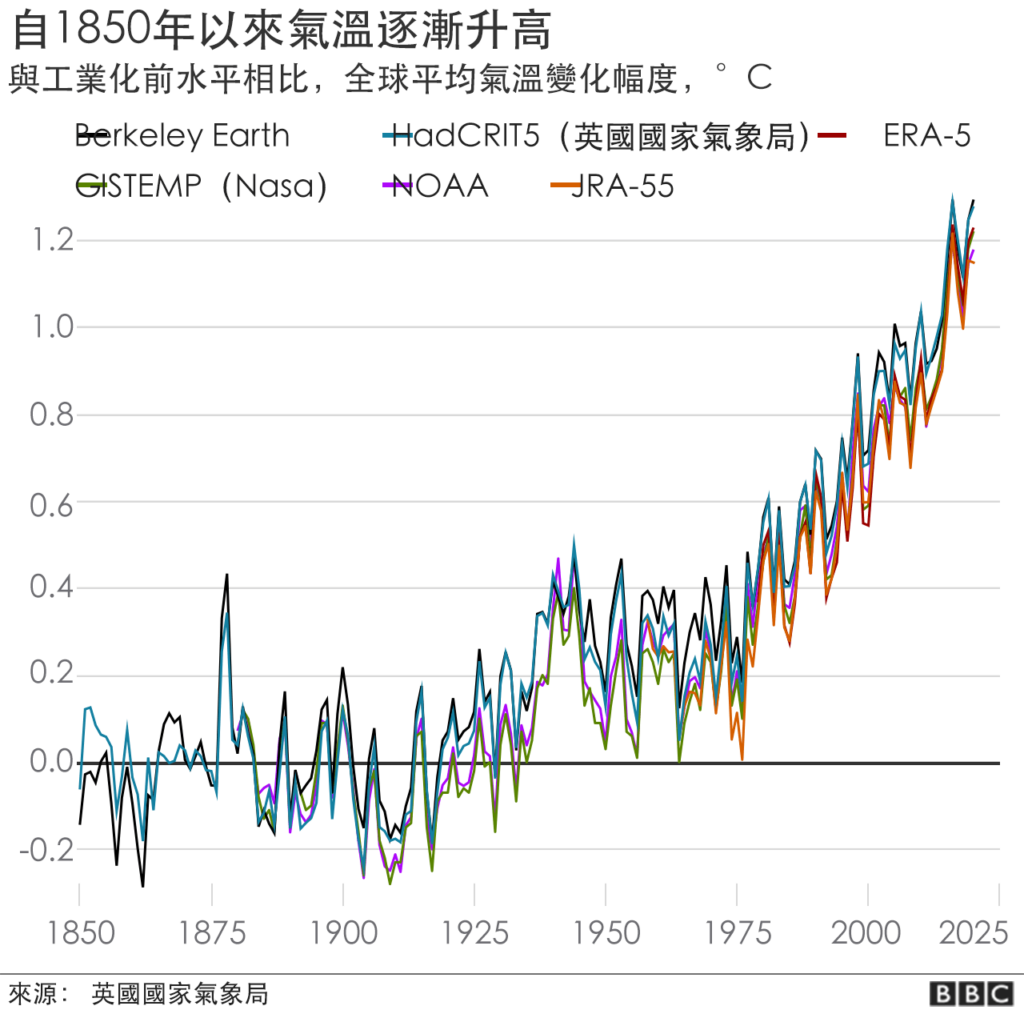
9pics know relationship btw global warming and you&me
Climate change is one of the top international events today, and various changes brought about by global warming are becoming more and more significant. The United Nations has proposed an upper limit for global warming-the temperature is at most 1.5°C higher than in the pre-industrial era. Scientists point out that to achieve this goal, the premise is rapid, long-term, and unprecedented changes in all aspects of social life.
The UN Climate Summit and the COP Summit are the answers of the international community to climate change.
But what exactly does climate change mean? What does it have to do with you and my world?
What does climate change mean?
What does climate change mean? Simply put, it is the greenhouse gas effect that causes the earth’s temperature to rise and global warming. This trend began with industrialization in the middle of the 19th century and continued.
The key issue is that the rate of temperature rise is accelerating, surpassing any previous period; at the same time, the impact of climate warming on all aspects of the earth’s ecology has become increasingly significant.

According to data from the World Meteorological Organization (WMO), the current temperature on the earth is nearly 1°C higher than before industrialization began to spread. According to this trend, by 2100, the global temperature will be 3-5°C higher than the pre-industrial level.
In the past 22 years, there have been 20 years of the highest temperature on record, and 2015-2018 was the highest temperature in 4 years.
It sounds trivial, but the United Nations Intergovernmental Panel on Climate Change (IPCC) pointed out that if interventions are not taken, there will be catastrophic consequences:
Sea level rises, some islands and coastal lowlands will be submerged; sea temperature and acidity will rise; agriculture and animal husbandry will face challenges.

The greenhouse effect and global warming
Climate warming is related to the greenhouse effect-the sun shines on the surface of the earth, then reflects back to the sky, is absorbed by carbon dioxide (greenhouse gas) in the atmosphere, and then released everywhere. During this naturally occurring process, the temperature of the atmosphere and the earth’s surface near the ground will rise. If there is no greenhouse effect, the earth will be cold and unsuitable for life.
However, the data shows that human activities have greatly increased the greenhouse gases emitted into the atmosphere, exacerbating the greenhouse effect and the warming of the earth.
Therefore, climate change is also called global warming.
From 1959 to 2019, global carbon emissions increased year by year.
What are greenhouse gases?
Carbon dioxide, methane, nitrous oxide, etc. are all greenhouse gases, but carbon dioxide CO2 plays the most important role in climate change.
The greenhouse gas in the form of water vapor has the most obvious warming effect, but this gas will only stay in the atmosphere for a few days, while the longer residence time is carbon dioxide.
Since the beginning of the Industrial Revolution in 1750, the carbon dioxide in the atmosphere has increased by 30%, and the concentration of CO2 has been the highest ever.
It will take hundreds of years to reduce the carbon dioxide content in the atmosphere to the pre-industrial level. The ocean can absorb carbon dioxide, but its capacity is limited.
The carbon dioxide produced by human activities mainly comes from the burning of fossil fuels. In addition, clearing land and logging will also increase carbon emissions and exacerbate global warming.

How serious is the problem
For decades, academia believed that by the end of the world, the temperature of the earth should be controlled at 2°C higher than the pre-industrial average to be considered “safe” and to avoid the “worst case”.
In reality, if the total carbon emission reductions committed by the signatories of the Paris Climate Agreement are included, the earth’s temperature will rise by at least 3°C by the end of this century. The World Meteorological Organization predicts a rise of 3-5°C.
The “safety” level recognized worldwide is 1.5°C higher than the pre-industrial average.

It is currently recognized that the main reason for sea level rise is accelerated melting of glaciers and ice. The area of the ice sheet between the north and south of the earth is shrinking.
Satellite images show that the current Arctic sea ice area is astonishing compared to 1979. In particular, the Greenland Ice Shelf collapsed due to the unbearable temperature rise, and the East and West Antarctic ice sheets are shrinking.
A report by the British Parliament’s Environmental Affairs Audit Committee stated that at the current rate of temperature rise, there will be no more sea ice in the Arctic Ocean in summer by 2050.
The impact of climate change is also reflected in the changes in vegetation and terrestrial animals, including early flowering and fruiting, and changes in the activity areas of wild animals.
Ninety-five percent of cities in Africa and Asia face climate risks, and the fastest-expanding cities are most at risk.
These risks include a significant increase in temperature and an increase in extreme weather and natural disasters.
What does it have to do with you and me?
Effective response to climate change has become an important issue for the international community and governments of all countries, and non-governmental organizations, social groups, and environmental organizations are also working in their respective fields.
However, climate change is closely related to everyone living on the earth.
Everyone’s life will be affected by climate change, and everyone can contribute as much as they can to mitigate the impact of climate change.

The United Nations Intergovernmental Panel on Climate Change (IPCC) has given many lifestyle choices that can help combat climate change:
Eat less meat, dairy products, cheese, butter, and eat more local aquatic products, fruits and vegetables to reduce waste;
Take more trains and buses, and less planes. If you can walk or ride a bicycle, don’t drive and drive electric cars;
Hold more video conferences to reduce business travel;
Use less dryer and more clothesline;
Improve the insulation protection of your own house and reduce heat loss;
Consciously choose low-carbon products when shopping
Changing the diet is the most direct way to participate:

The study also found that animal protein as a whole has lower carbon emissions than plant protein.
This study also shows that the production of agriculture and animal husbandry needs to be adjusted significantly in order to meet the requirements of carbon emission reduction.
The article from PenciDesign